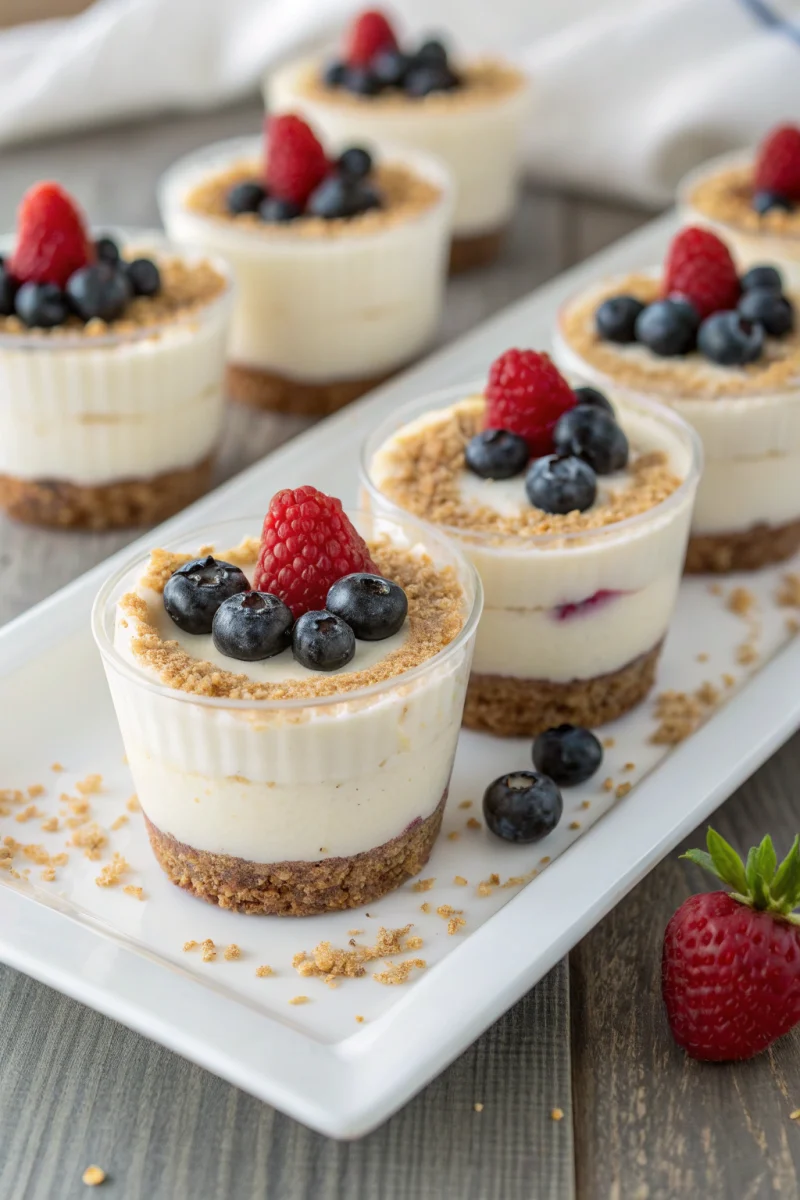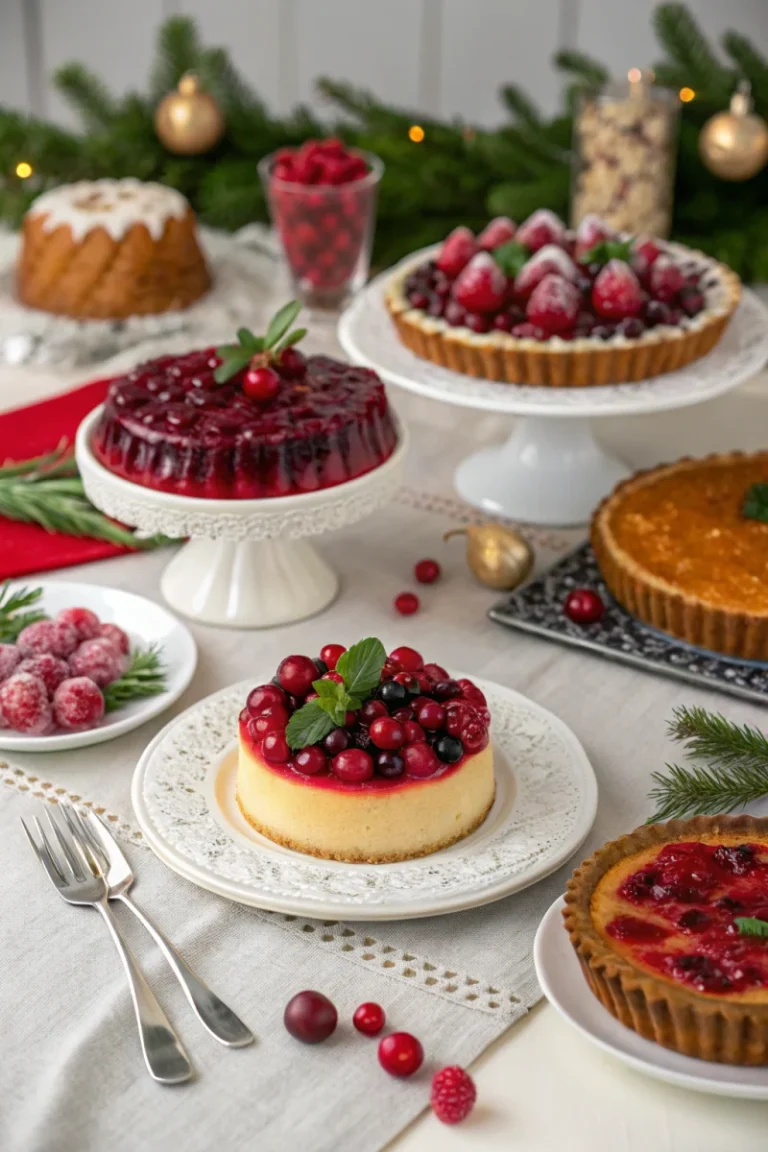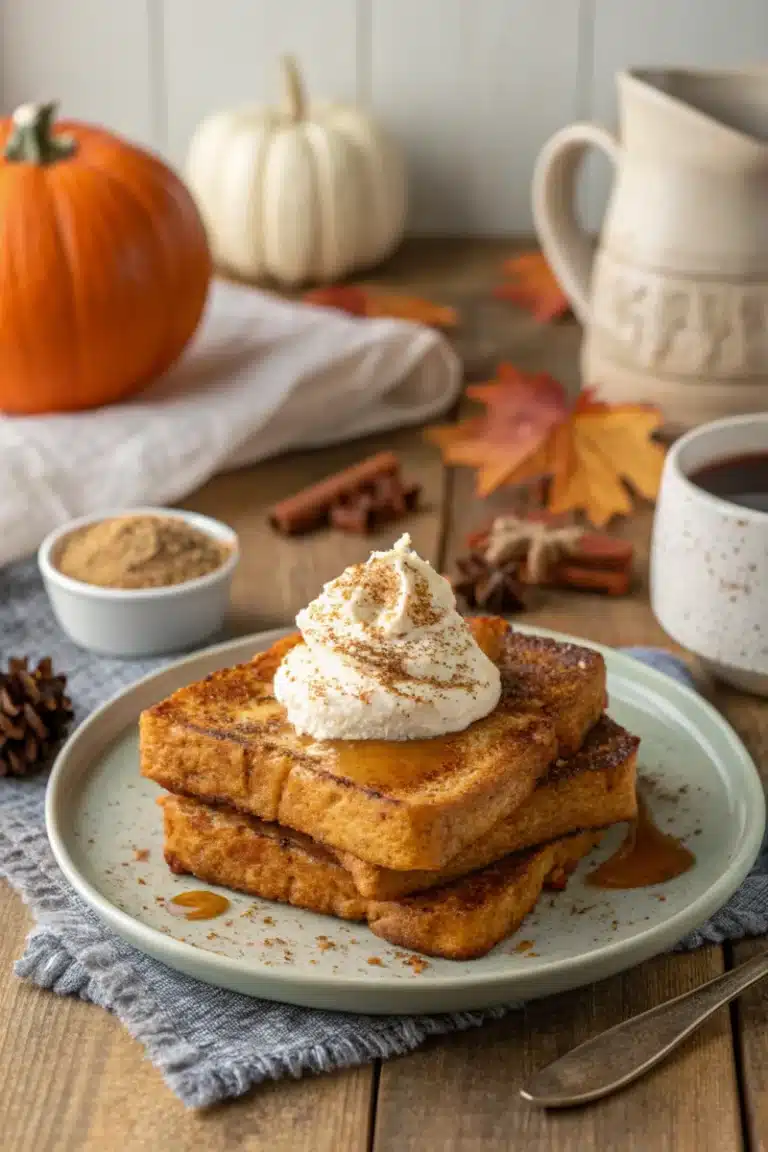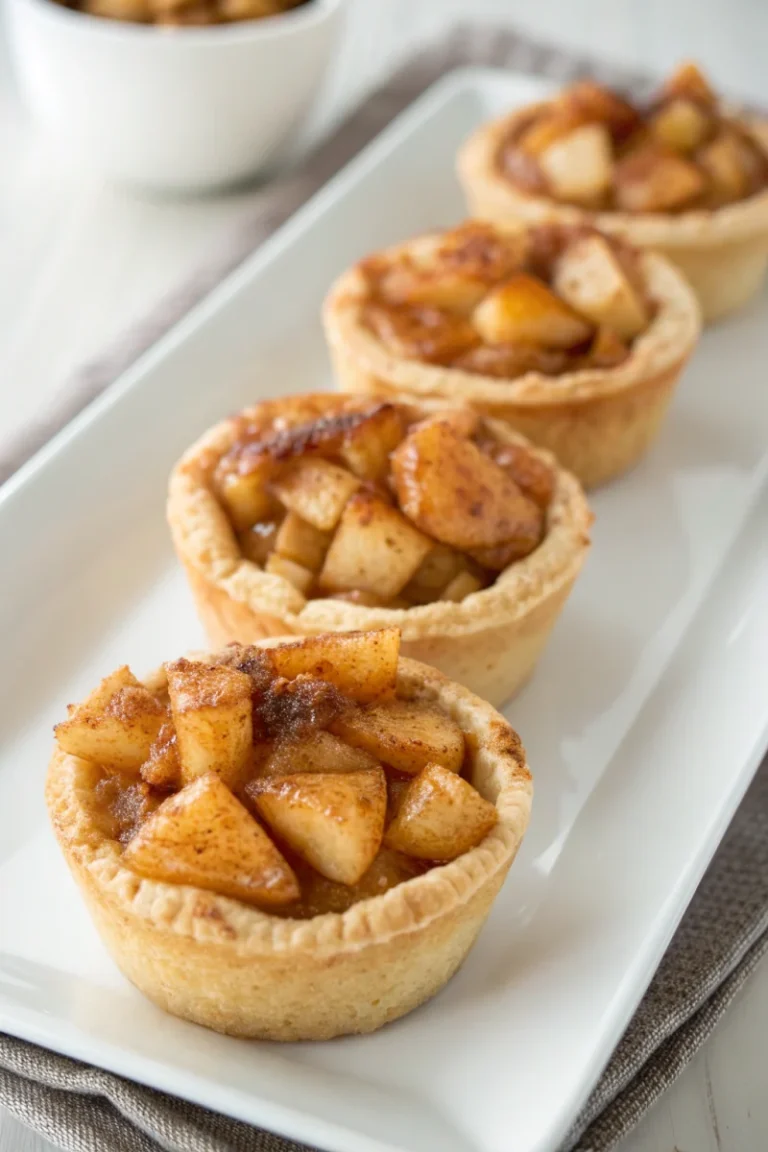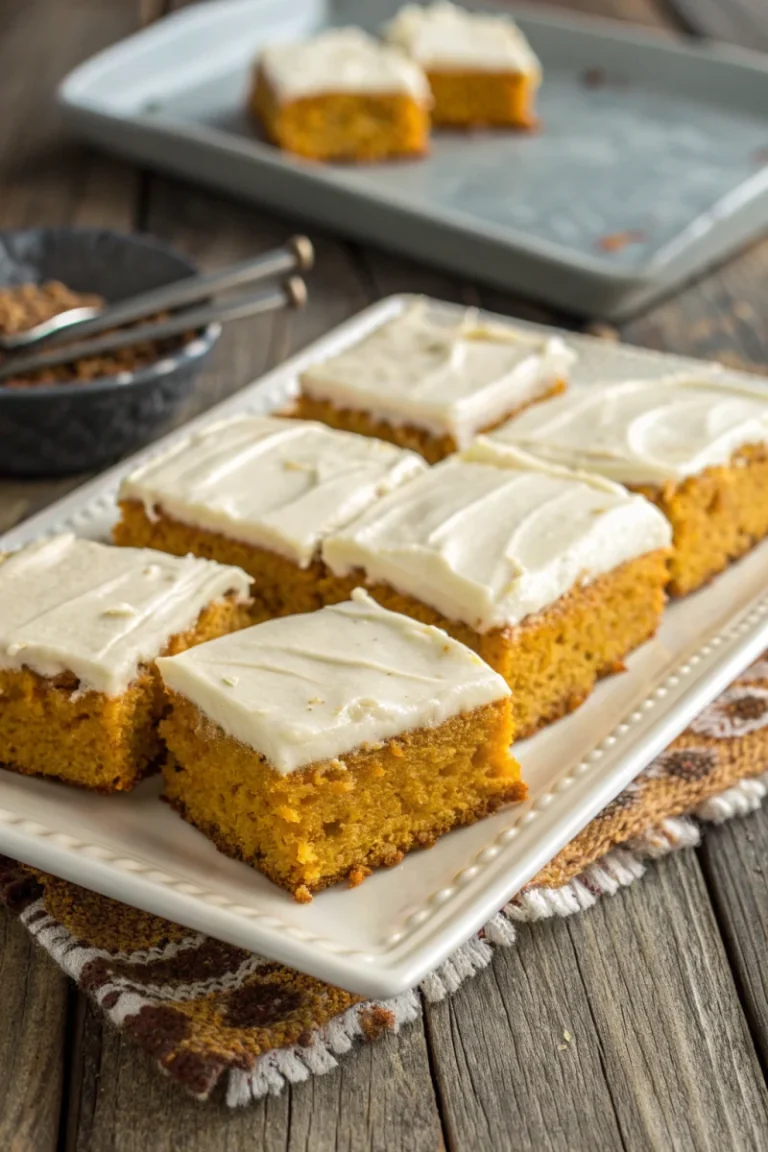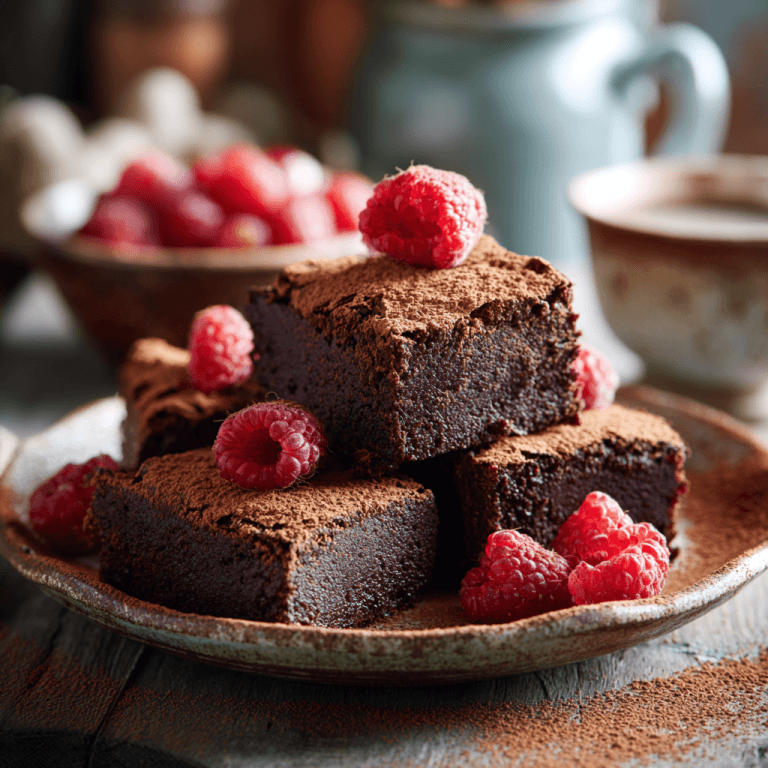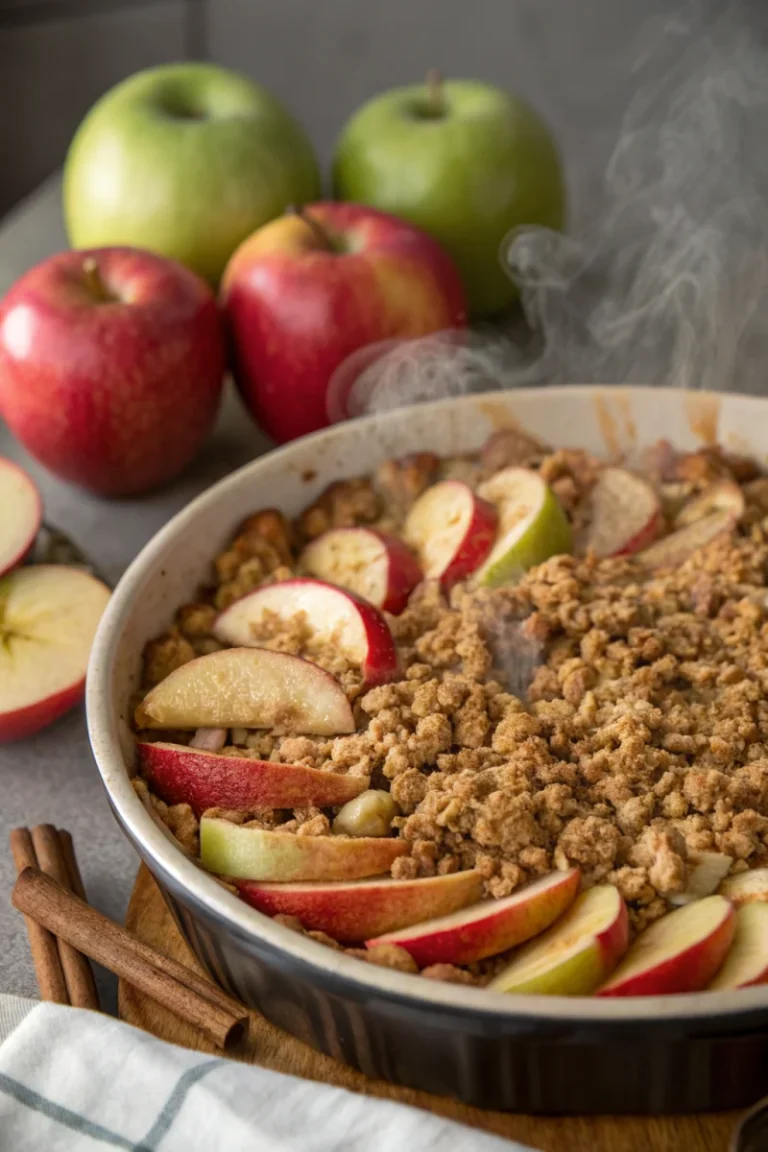Greek Yogurt Cheesecake Cups
Introduction
cheesecake cups, healthy dessert, protein dessert are quickly becoming a staple for health-conscious dessert lovers, offering a delightful treat with an average of 10-15g of protein per serving, a significant boost compared to traditional cheesecake’s mere 3g.
Imagine sinking your spoon into a luscious, creamy confection that not only satisfies your sweet tooth but also contributes positively to your daily nutritional goals. These cheesecake cups boast a creamy, smooth texture that melts in your mouth, perfectly balanced by a subtly crunchy crust. The beauty lies in their simplicity, requiring minimal effort and no advanced baking skills. They’re a versatile joy, effortlessly transitioning from a quick breakfast grab-and-go to an elegant, guilt-free dessert after a hearty meal. This isn’t just about cutting calories, it’s about crafting a dessert that feels indulgent yet fuels your body with quality ingredients. It’s a modern twist on the classic cheesecake, echoing the rich traditions of European dessert craftsmanship while adapting to contemporary dietary needs.
The concept of individual dessert cups dates back centuries, found in various forms across cultures, from French verrines to Italian dolcetti. Our protein-packed version takes inspiration from this legacy, democratizing the indulgence by making it accessible and beneficial. We’re not just baking; we’re innovating, bringing healthful habits into the realm of everyday pleasure. Each bite holds the promise of both exquisite flavor and robust nutrition, making these cheesecake cups a revolutionary addition to any home cook’s repertoire.
Ingredients for a perfect cheesecake cups, healthy dessert, protein dessert
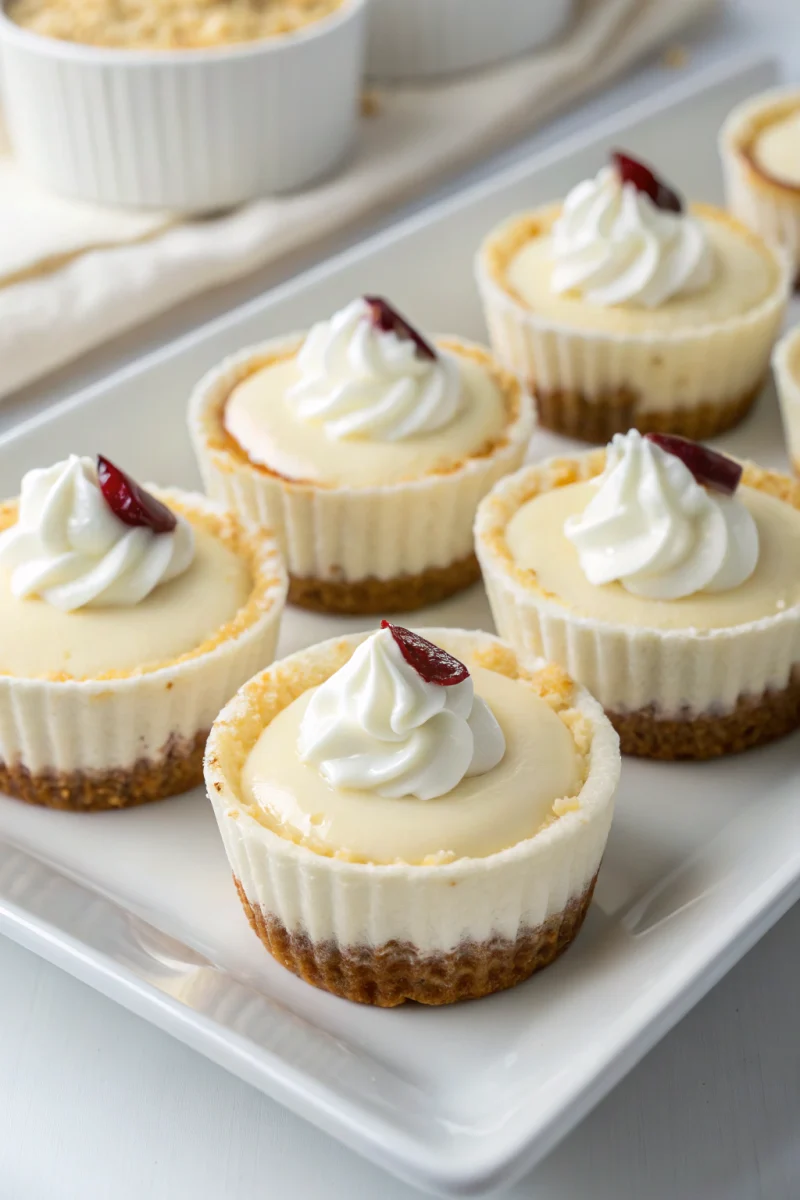
- 1 cup (240g) full-fat Greek yogurt, plain (ensure it’s thick and creamy, like Fage Total 5% Milkfat)
- 8 oz (226g) cream cheese, softened (preferably Philadelphia brand, for optimal creaminess)
- 1/4 cup (60ml) maple syrup, pure Grade A Amber Rich (subtle notes of caramel, avoids over-sweetening)
- 1 tsp vanilla extract (Madagascar Bourbon for deep, classic vanilla aroma)
- 1/4 cup (25g) vanilla protein powder (whey or casein blend works best for texture, like Quest Nutrition Vanilla Milkshake)
- 1/2 cup (50g) graham cracker crumbs (finely crushed, for a classic, slightly sweet base)
- 2 tbsp (28g) unsalted butter, melted (Kerrygold for its rich, grassy flavor)
- Pinch of salt (fine sea salt, enhances all flavors without making it taste salty)
- Optional toppings: fresh berries, lemon zest, dark chocolate shavings (70% cocoa or higher for intensity)
cheesecake cups, healthy dessert, protein dessert: prep time
Preparation: 15 min — Cooking: 0 min (Chill Time: 2-4 hours) — Total: 15 min active, 2-4 hours passive. ≈20% faster than traditional stovetop methods like custard-based desserts, which often demand constant stirring and precise temperature control.
Preparation steps — Step 1
First, prepare your crust. In a small bowl, combine 1/2 cup (50g) of finely crushed graham cracker crumbs, 2 tablespoons (28g) of melted unsalted butter, and a tiny pinch of sea salt. Mix until the crumbs are evenly moistened and resemble wet sand. This creates the foundational layer for your cheesecake cups. Evenly press about 1 tablespoon of this mixture into the bottom of each liner in a 12-cup muffin tin. Use the back of a spoon or your fingertips to compact it firmly; this ensures a stable base that won’t crumble when serving.
Preparation steps — Step 2
Next, assemble your creamy filling as the aromatics begin to bloom. In a medium mixing bowl, combine 8 oz (226g) of softened cream cheese, 1 cup (240g) of plain full-fat Greek yogurt, 1/4 cup (60ml) of maple syrup, 1 teaspoon of vanilla extract, and 1/4 cup (25g) of vanilla protein powder. Using an electric mixer (or vigorous whisking), beat the ingredients on medium speed until the mixture is completely smooth and free of lumps. The color should be uniform and a pale ivory, and the texture should be visibly thick and velvety. This typically takes about 3-5 minutes. As you mix, scrape down the sides of the bowl to ensure everything is fully incorporated. The smooth consistency is paramount for that classic cheesecake mouthfeel, so don’t rush this step.
Preparation steps — Step 3
Finally, bring it all together. Spoon the smooth cheesecake filling evenly over the prepared graham cracker crusts in your muffin tin, filling each cup almost to the top. Gently tap the muffin tin on the counter a few times to release any air bubbles and settle the filling. This compacts the mixture and ensures a dense, uniform cheesecake. Now, the waiting game begins: place the muffin tin in the refrigerator and chill for at least 2-4 hours, or preferably overnight. The extended chill time allows the protein and dairy to set properly, resulting in a firm, sliceable (or scoopable) cheesecake cup. Don’t worry if the filling seems a little soft immediately after mixing; it will firm up beautifully in the cold. Once chilled, gently remove the cups from the muffin tin by pulling up on the liner. Garnish with your chosen toppings just before serving for the freshest appearance and best flavor contrast.
Nutrition facts
Per serving (approximate, based on 12 servings): 180 kcal, 12g protein, 18g carbs, 8g fat, 1g fiber, 10g sugars, and 120mg sodium. This nutritional profile makes it comparable to a balanced weeknight meal component, such as a small chicken salad or a quinoa bowl, offering sustained energy without the sugar crash.
Healthy alternatives
Beyond the core substitutions, there are several ways to elevate the health profile and flavor complexity of these protein cheesecake cups. For a lower glycemical index (GI) option, consider replacing graham cracker crumbs with a crust made from finely ground oat flour and a touch of applesauce, which offers natural sweetness and fiber. Instead of traditional cream cheese (if dairy is a concern), cashew cream (soaked and blended cashews) provides an incredibly rich, lactose-free base that mirrors the creaminess. This swap introduces healthy fats and maintains a luxurious mouthfeel. For a boost in plant-based protein, incorporate a scoop of unflavored collagen peptides or a blend of organic hemp and pea protein powder, which are easily digestible and provide a complete amino acid profile without altering the flavor significantly. To really amp up flavor without extra sugar, infuse your vanilla extract directly into the Greek yogurt or cream cheese for an hour before mixing, or add a pinch of cinnamon or cardamom for a warm, aromatic spice profile. These herbs not only taste great but also offer anti-inflammatory benefits.
Serving suggestions
These protein cheesecake cups are versatile delights, perfect for almost any occasion. Arrange them artfully on a platter with a sprinkle of contrasting fresh berries – vibrant raspberries or deep blue blueberries – to create a visual feast. A delicate spiral of homemade berry compote or a drizzle of sugar-free chocolate sauce can add an extra layer of decadence and visual appeal. For texture, a scattering of finely chopped pistachios or toasted coconut flakes offers a satisfying crunch. Imagine serving these at a sophisticated brunch, paired with a light, fresh fruit salad and sparkling rosé, evoking an atmosphere of refined indulgence. For a cozy family dinner, they make a comforting yet healthy end to the meal, perhaps alongside a warm cup of herbal tea. Or, turn them into an intimate dessert for two, accompanied by a rich espresso or a velvety decaf cappuccino. The individual portions make them ideal for meal prep, ensuring you have a healthy, satisfying treat ready whenever a craving strikes, enhancing your lifestyle with effortless wellness and gourmet flair.
Common mistakes to avoid
- Overmixing dough or batter — Overmixing the crust can lead to tough, crumbly shortbread; overmixing cream cheese incorporates too much air, resulting in a lighter texture that may not set as firmly. Gluten formation from overmixing flours, even in a small amount in graham crackers, can create a chewy rather than crisp crust.
- Under-seasoning — A tiny pinch of salt in both the crust and filling is crucial. It brightens and balances the sweetness, making the vanilla and fruit flavors more pronounced. A general guideline is ≈1/8 tsp (0.6g) fine sea salt per batch of 12 cups.
- Wrong pan temperature — While these are no-bake, cooling the muffin tin in the fridge before adding the crust can help the butter set faster, preventing it from migrating up the sides and creating a greasy crust. Ensure all ingredients, especially cream cheese, are at room temperature for the filling to prevent lumps.
- Skipping preheating or resting time — The 2-4 hour chilling time is not optional! It allows the protein and fats in the filling to properly solidify, transforming the mixture from a dense liquid to a luxurious, firm cheesecake texture, crucial for holding its shape.
- Using low-quality ingredients — High-quality Greek yogurt and cream cheese directly impact the creaminess. Using pure maple syrup (not pancake syrup) and pure vanilla extract makes a noticeable difference in the overall flavor profile. These subtle choices elevate the homemade feel.
- Ignoring carry-over cooking — Though no-bake, the setting process is similar. Just as baked goods continue to cook slightly after removal from heat, no-bake desserts continue to firm up in the fridge. Allowing ample chill time prevents disappointment.
- Not tasting before serving — Always taste your filling before portioning it out. Adjust sweetness or vanilla if needed. A quick taste allows you to fine-tune the flavor balance, ensuring your cheesecake cups are perfectly suited to your palate.
Storage tips
These delectable protein cheesecake cups are best enjoyed fresh, but they also store beautifully for convenient enjoyment. After cooling for 30 minutes at room temperature (if any ingredients were warmed slightly), transfer them to an airtight container. They will keep well in the refrigerator at or below 40°F (4°C) for 3-4 days. For longer preservation, these cups can be frozen. Place them on a baking sheet and freeze until solid (about 1-2 hours), then transfer to a freezer-safe bag or container, separating layers with parchment paper. They will maintain their quality for up to 2 months. To thaw, simply move them to the refrigerator overnight or for a few hours. While reheating isn’t typically recommended as they are a chilled dessert, if you crave a warmer note, you could gently bring them to room temperature for 15-20 minutes. Consider batch-cooking these for your weekly meal prep; having a healthy dessert or snack on hand makes healthy eating effortless and enjoyable.
Conclusion
These protein cheesecake cups offer a harmonious blend of time-savings, deep, satisfying flavor, and impressive adaptability, proving that healthy eating doesn’t mean sacrificing indulgence. You’re not just making a dessert; you’re crafting a nutritious treat that fits seamlessly into a busy lifestyle. The creamy texture and robust flavor profile rival traditional cheesecakes, all while boosting your protein intake. So go ahead, whip up a batch, customize them to your heart’s content, and rediscover the joy of guilt-free indulgence. We invite you to share your unique creations in the comments below, rate this recipe, or save it to your Pinterest board for endless inspiration!
FAQ
- Can I double the recipe? Yes, absolutely! Simply scale all ingredients evenly and ensure you have enough muffin tins or cups. The chill time will remain the same, as individual cups don’t require extended setting time like a large cheesecake would.
- Can I freeze leftovers? Absolutely. Ensure they are fully set and then place them on a baking sheet to freeze individually. Once solid, transfer them to a freezer-safe container with parchment paper between layers. Reheat by thawing in the refrigerator.
- What’s the best oil? This recipe uses butter for the crust. For any other cooking, use a neutral high-smoke-point oil like avocado or canola oil for searing, or olive oil for flavor in dressings.
- How do I make it kid-friendly? Kids often love sprinkles, mini chocolate chips, or extra fruit. You can reduce the protein powder slightly (if taste is a concern) or offer a variety of fun toppings on the side for them to choose from.
- Can I use a slow cooker? This is a no-bake recipe, so a slow cooker is not applicable.
- How to keep it creamy without heavy cream? The combination of full-fat Greek yogurt and cream cheese naturally provides incredible creaminess without needing heavy cream. The slight acidity of the yogurt also adds a lovely tang.
- How to reheat without drying? These are best served chilled, so reheating is not recommended. If you prefer them less cold, simply let them sit at room temperature for 15-20 minutes before serving.
,
,
- Pumpkin Spice Overnight Oats
- Healthy Quinoa Salad
- Y2K Smoothie Jars
- Gooey Lava Cookies
- One-Pot Tomato Basil Pasta
Learn more about Air Fryer cooking
For more about the benefits of air frying, check out this Healthline article explaining why air fryers can make healthy cooking faster and easier.
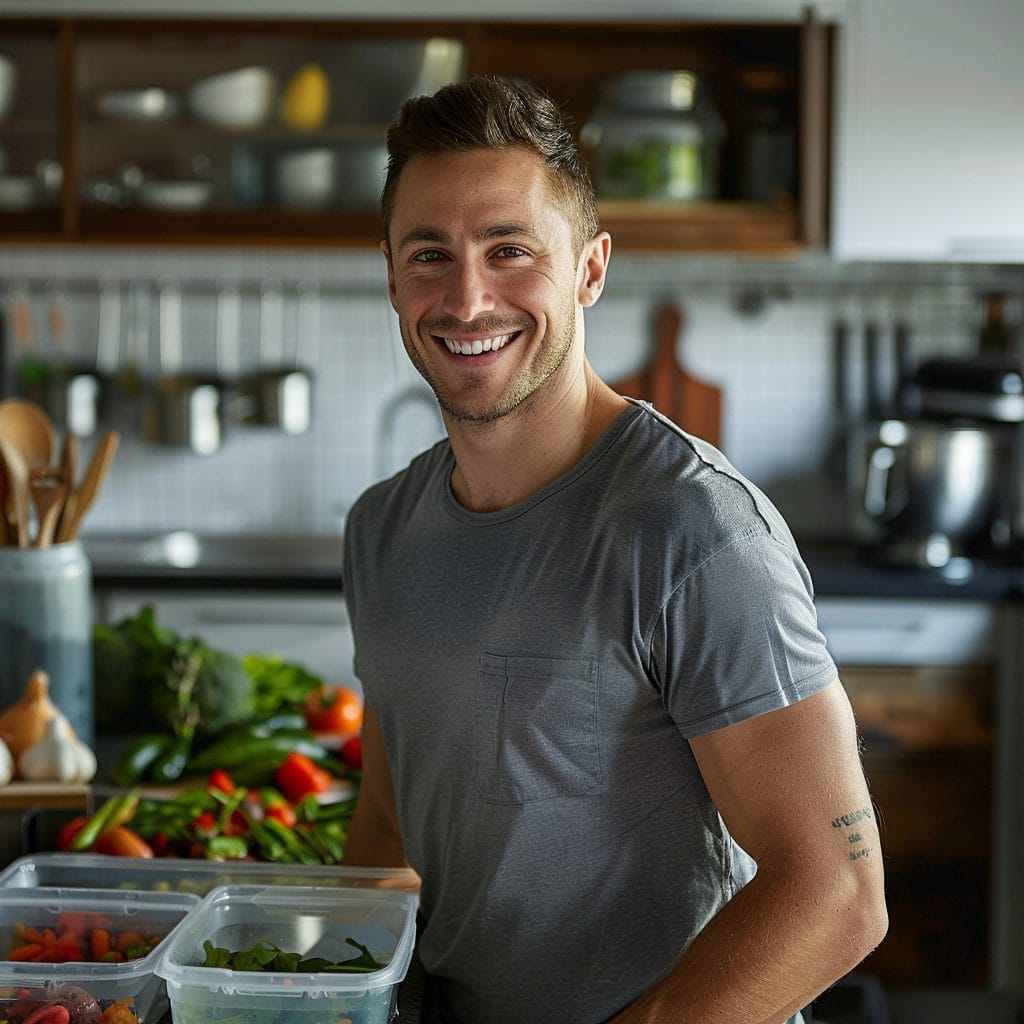
passionate about high-protein, easy meal-prep recipes for busy lifestyles.

